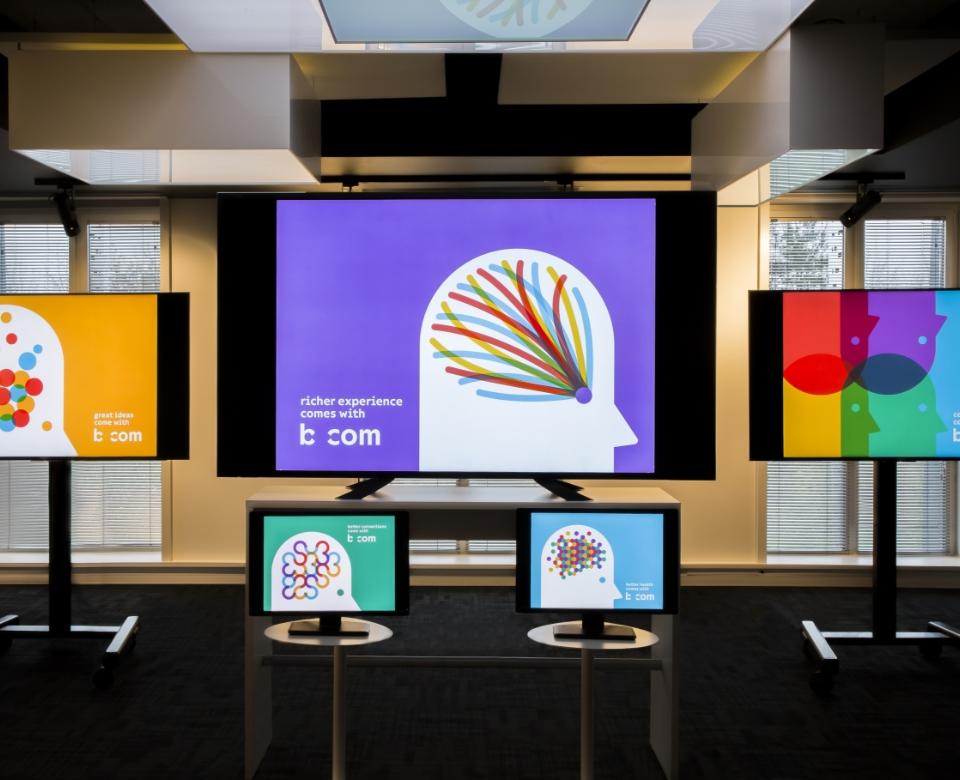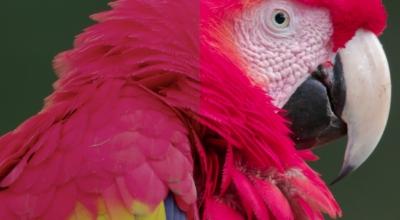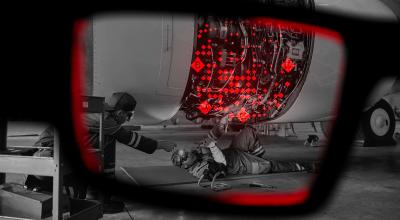05.31.2022
A standard way for computing numerical reconstructions of digital holograms
There exist a multitude of methods and processing steps for the numerical reconstruction of digital holograms. Because these are not standardized, most research groups follow their own best practices, making it challenging to compare numerical results across groups. Meanwhile, JPEG Pleno holography seeks to define a new standard for the compression of digital holograms. Numerical reconstructions…
read the publication






